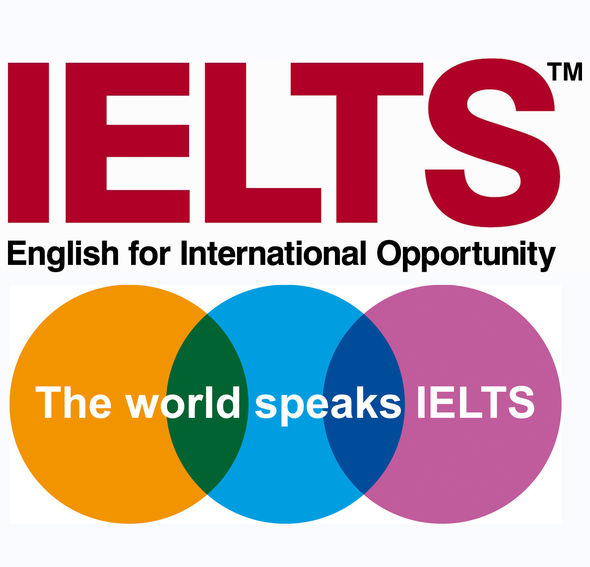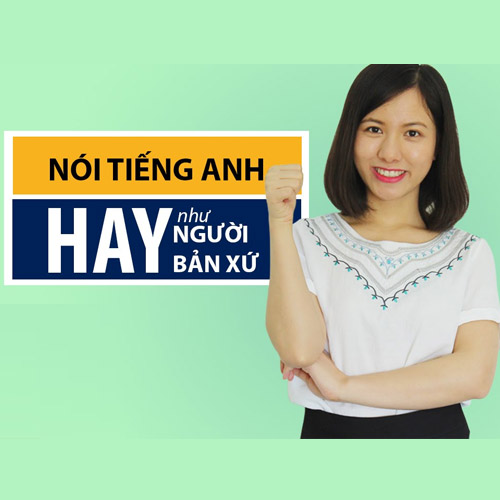IELTS Reading: true, false, not given
Practice 1:
Read the following passage about the scientist Michael Faraday.
Michael Faraday, (1791 - 1867) was an English scientist who contributed to the fields of electromagnetism and electrochemistry. Although Faraday received little formal education he was one of the most influential scientists in history, and historians of science refer to him as having been the best experimentalist in the history of science.
The young Michael Faraday, who was the third of four children, having only the most basic school education, had to educate himself. At fourteen he became the apprentice to George Riebau, a local bookbinder and bookseller. During his seven-year apprenticeship he read many books, including Isaac Watts' The Improvement of the Mind, and he enthusiastically implemented the principles and suggestions contained therein.
In 1812, at the age of twenty, and at the end of his apprenticeship, Faraday attended lectures by the eminent English chemist Humphry Davy. Faraday subsequently sent Davy a three-hundred-page book based on notes that he had taken during these lectures. Davy's reply was immediate, kind, and favourable. When one of the Royal Institution's assistants was sacked, Davy was asked to find a replacement, and appointed Faraday as Chemical Assistant at the Royal Institution.
Are the following statements true, false or not given?
- Many experts regard Faraday as the foremost experimentalist of all time.
- Faraday educated himself by reading books that were recommended to him by George Riebau.
- Faraday came to the attention of a famous chemist after he wrote a book based on the chemist's lectures.
Practice 2:
Read the following passage about "mass media".
In the late 20th century, mass media could be classified into eight mass media industries: books, the Internet, magazines, movies, newspapers, radio, recordings, and television. The explosion of digital communication technology in the late 20th and early 21st centuries gave rise to the question: what forms of media should be classified as "mass media"? For example, it is controversial whether to include cell phones and video games in the definition.
Each mass medium has its own content types, creative artists, technicians, and business models. For example, the Internet includes blogs, podcasts, web sites, and various other technologies built atop the general distribution network. Internet and mobile phones are often referred to collectively as digital media, and radio and TV as broadcast media. Some argue that video games have developed into a distinct mass form of media, in the sense that they provide a common experience to millions of people across the globe and convey the same messages and ideologies to all their users.
Are the statements below true, false or not given?
- In the 21st century, it is widely accepted that there are now more than eight mass media industries.
- Digital media can be subdivided into various content types.
- Video games are the newest mass media platform.
Practice 3:
Read the following passage about 'habits'.
“All our life, so far as it has definite form, is but a mass of habits,” William James wrote in 1892. Most of the choices we make each day may feel like the products of well-considered decision making, but they’re not. They’re habits. And though each habit means relatively little on its own, over time, the meals we order, what we say to our kids each night, whether we save or spend, how often we exercise, and the way we organize our thoughts and work routines have enormous impacts on our health, productivity, financial security, and happiness. One paper published by a Duke University researcher in 2006 found that 40 percent or more of the actions people performed each day weren’t actual decisions, but habits.
Do the statements below agree with the ideas expressed by the author? Write YES, NO or NOT GIVEN.
- The majority of choices we make on a daily basis are conscious decisions.
- Saving money is the key to financial security.
- Habits account for at least 40 percent of the things we do each day.
Practice 4:
Read the following passage and answer the questions below it.
The evidence is crystal clear: Physical activity is great for children. Researchers around the world agree that young people who are active have better brain function, higher self-esteem, more motivation and better school performance.
During the school day, children do not need to exercise for long periods of time. A review of studies published in 2011 found that short bursts of physical activity - 10 minutes or less - increased pupils’ attention in the classroom. Children who took short breaks for physical activity also performed better in school and displayed lower stress levels and better moods.
What about linking physical activity with teaching? A review published in 2015 found that when children learn while moving their bodies, they perform significantly better on standardised tests. There are all sorts of examples of how to make this happen, such as doing jumping jacks while spelling words.
Do the statements below agree with the views expressed in the passage? Answer YES, NO or NOT GIVEN.
- Physical exercise can make children feel better about themselves.
- The optimal amount of physical activity for children is 10 minutes.
- Children can benefit when tasks provide both mental and physical stimulation.









